There parsnip is a plant belonging to the botanical family of Apiaceae or Umbelliferae. Its botanical name is Parsnip sativa. It is a plant that grows spontaneously, but which is grown in domestic gardens for the excellent food qualities of the enlarged roots. It is a vegetable very similar to carrotof which it is a close relative from the botanical point of view, but white in color, so much so that it is commonly called white carrot.
In the kitchen it is the protagonist of numerous recipes, especially in the Northern regions, which reflect the traditions of countries such as France, Belgium and England, where this vegetable is widely spread and cultivated.
We therefore know the botanical characteristics of parsnips, organic cultivation techniques, food properties and uses in the kitchen.
Parsnip description
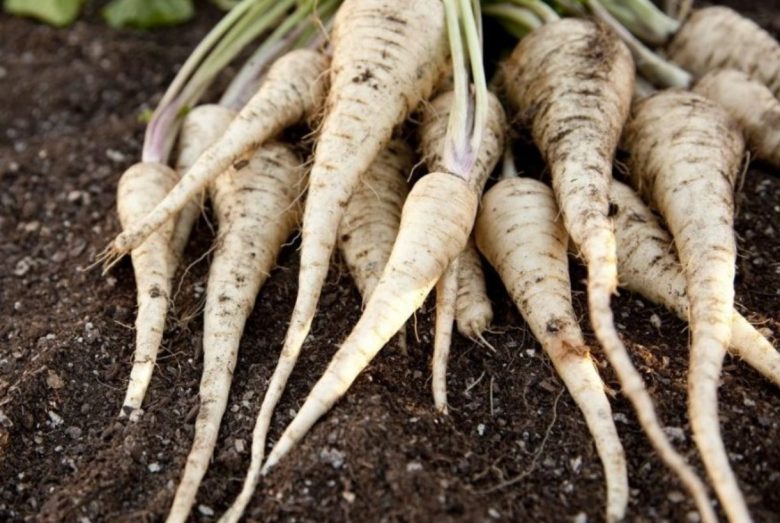
There Parsnip sativa it is a herbaceous plant with a two-year cycle with a large fleshy-swollen tap root. In the first year of growth it develops a tuft of leaves between which, in the second year, the stem bearing the inflorescences rises, up to 100-120 cm high, hollow inside and branched in the upper half. This in nature, while in cultivation the parsnip follows an annual cycle and the enlarged root is harvested in the autumn-winter of the first year of vegetation.
Leaves
The leaves of the parsnip are of two types, basal and on the stem. The basal ones have a long petiole which dilates at the base into a large sheath, are pinnate with 5-11 oval leaflets with acute apex and serrated edge (sometimes incised in 2 lobes). The upper leaves are sessile on the sheath, which is amplessicaule, and have fewer leaflets.
Flowers
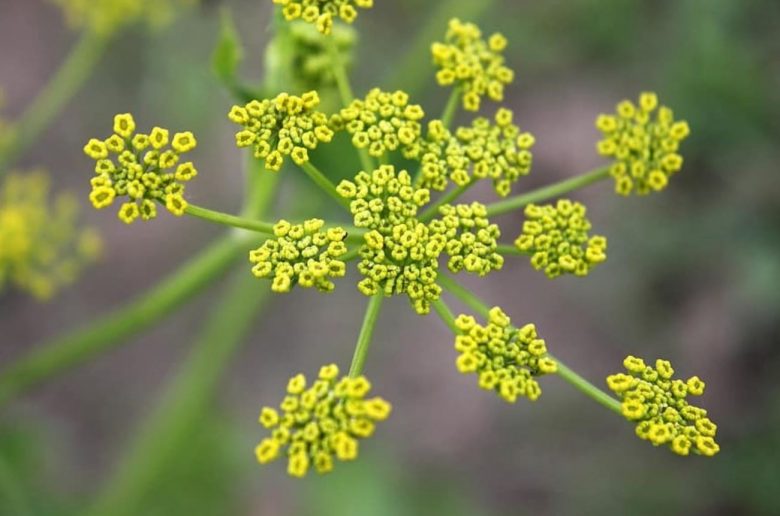
The parsnip flowers are gathered in small umbrellas which in turn make up large umbrellas. The peduncles carrying the lateral umbels are longer than the central ones. The calyx is practically absent, the corolla is composed of 5 oval yellow petals, with the apex sharp and folded towards the center.
Fruits and seeds
The fruit is formed by two attached achenes which have a flat-convex shape, with an oval or elliptical outline, of a brown-yellowish color.
Wild parsnip and cultivated varieties
As mentioned, the Parsnip sativa it is a plant that grows spontaneously and is widespread in all Italian regions, from sea level to the mountains. However, the plant does not develop too big and sweet roots, which is why, over the years, farmers, especially in the United Kingdom, have developed a variety of parsnips to grow in the garden.
These varieties are more suitable for cultivation, as they develop roots with valuable and more enlarged food properties, but which at the same time retain the rusticity typical of the type species.
Among the most cultivated varieties we certainly have the Turgawith very tasty roots and of good size, of which, among other things, the tender leaves are also consumed in salads and soups.
How to grow parsnips in the vegetable garden
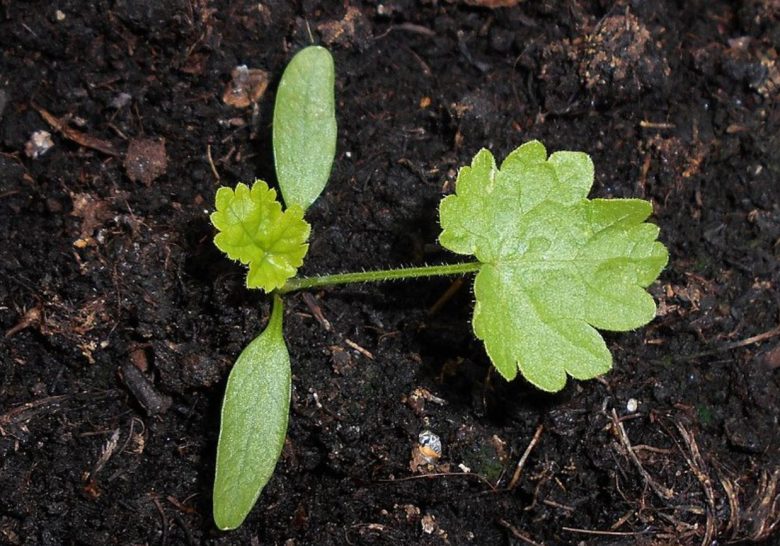
The parsnip is a very rustic plant that does not fear frost, on the contrary. With the first colds the swollen root softens, so we can say that a certain period of cold is positive for the crop. It can therefore be grown in all Italian regions and up to medium-high altitudes.
As for the exposure, the plant prefers full sun, but a semi-shaded garden bed can also do well.
When is parsnip sown?
To cultivate the parsnip in the garden you start from the seed. The best time to sow is between late winter and early spring, from mid-February to mid-April.
Soil preparation
For the success of the cultivation of parsnips in the garden, great care must be taken to soil preparation. The plant, like its carrot cousin, needs a loose, well-draining soil with good supply of organic matter.
Clayey soilstoo compact and asphyxiated, do not allow the root to swell, so they are not recommended for this crop.
The earth must be digged deeply and in this phase it is possible amending organic fertilizerhow very mature manure or earthworm humus. Even a little bit of wood ash, rich in potassium, it is conducive to the development of the plant. With these basic fertilizations there will be no need to fertilize further during the crop cycle.
Subsequently, it will be necessary to prepare the seedbed, refining the superficial portion of the soil with a hoe and rake. Obviously, these operations can also be performed with one tiller or a two-wheel tractor.
How to sow parsnips
The parsnip should be sown directly in the ground as an intermediate step in seedbed it risks ruining the root from the start, which, being a taproot, immediately needs space and depth.
The night before sowing it is advisable to soak the seeds in warm water, in order to stimulate germination and eliminate the dormancy of the seed itself.
How sowing technique we recommend that with regular rows, placing the seed at a depth of 1 or 2 cm, keeping a distance of 15 cm between one seed and another and 50 cm between the rows. In case of too intense sowing, after sprouting it is better to thin out.
The seeds do easily found in specialized stores.
Irrigation
The parsnip is a rather rustic plant that does not need significant water supplies. Among other things, it is sown in early spring, in a period where rainfall should not be lacking. It is advisable to intervene with emergency irrigation only after long periods of summer drought. If so, you can irrigate by sprinkling.
Weeding and mulching
The operations of weeding, to limit competition from weeds. The young plants and the walkways in the rows will be cleaned of weeds. On loose soils and limited surfaces, that is the cultivation conditions of the parsnip, an excellent tool useful for this purpose is the clod breaker-weederotherwise you can proceed delicately by hand with a hoe.
To avoid repeating the weeding work, an alternative is that of the natural mulch with straw. With this technique we also have the advantage of keeping the soil wetter and softer, in practice we will almost never need to irrigate.
Mulch can be placed between parsnip seedlings after the first weeding, or when the rosette of leaves is well formed.
Parasites and diseases
As far as parasites and diseases are concerned, parsnips should be considered similar to carrots, but also to celery, parsley, garlic, onion, leeks And fennel.
Among the parasites, the most fearsome is the carrot fly (Chamaepsila rosae)while among the fungal diseases we have alternariosis and sclerotinia.
To prevent the onset of these problems, the best thing is a good crop rotation, avoiding growing it immediately after the vegetables just mentioned.
Finally, it is a good exploratory and resting crop, thanks to its deep taproot system. It goes well then in the land that the year before hosted the tomatoes or the zucchini.
Collection
As mentioned, the parsnip root is ready for harvesting in the autumn-winter of the first year of cultivation. This suggests that we can collect it in a scaled way, as needed, leaving it safely in the ground. Harvesting is done by vigorously uprooting the plant from the tuft and, if the soil has compacted too much, using a fork. By anticipating the harvest in autumn, we will have more tender roots, but thinner and less nutritious. It is in fact in winter that the root swells properly and accumulates the nutritional substances inside. As soon as it is harvested, the parsnip must be cleaned of the lateral roots, washed and used fresh. The leaves, in varieties such as Turga, are harvested in summer and eaten fresh too.
Properties of the parsnip
The parsnip is famous for multiple beneficial properties of the roots, which are also pleasant to the palate, almost sweet, and remind a little of the taste of batata.
Due to the high content of starches and sugars, they have a dietary value similar to that of potato, and are also rich in Vitamin C and trace elements and can help reduce blood cholesterol levels. The root has digestive, diuretic and antirheumatic properties.
Parsnip recipe
In northern Europe, parsnips are used in distilleries for the preparation of fermented beverages (such as beer). The roots, however, can be eaten both fresh, cut into thin slices for mixed salads, and cooked: boiled, in the oven, in a pan, fried, pureed.
A very simple recipe is baked parsnips. To make it, just clean and wash the roots and cut them into very thin strips with a potato peeler. After that, you need to put the slices in a pan on which you have previously placed a sheet of parchment paper. Then season with salt and oil and bake at 160 ° for about 10-15 minutes.

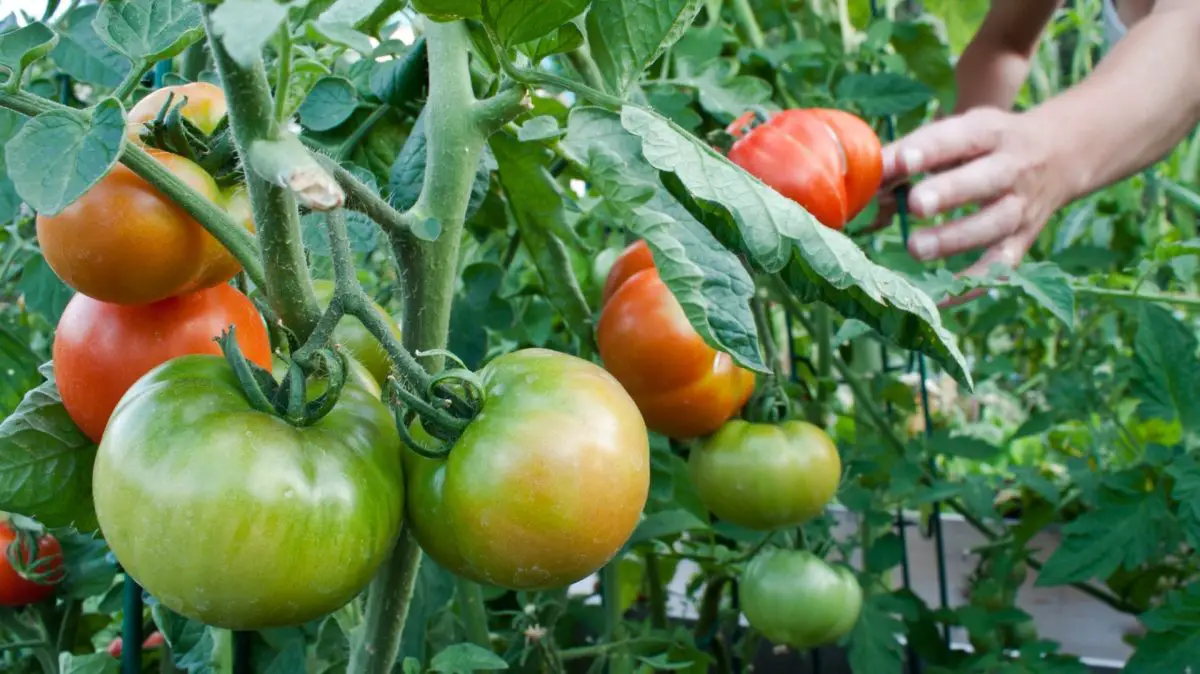
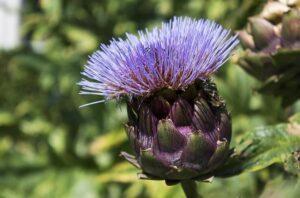

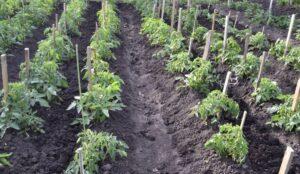
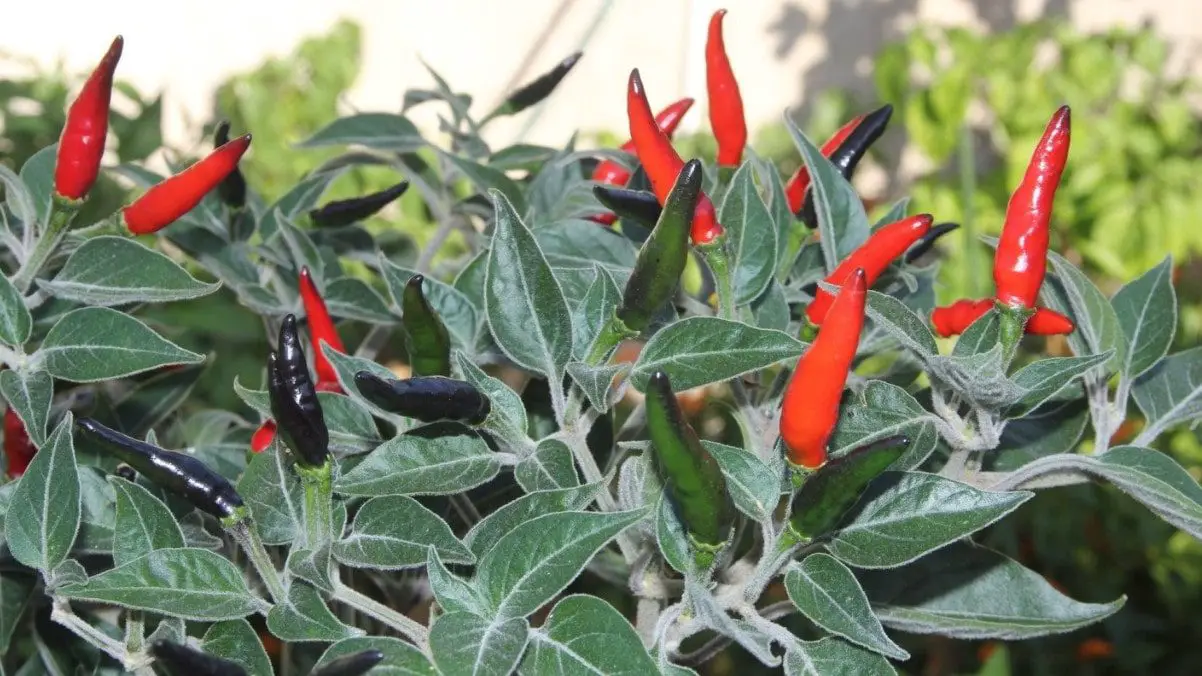
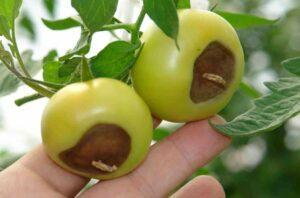
Start a new Thread